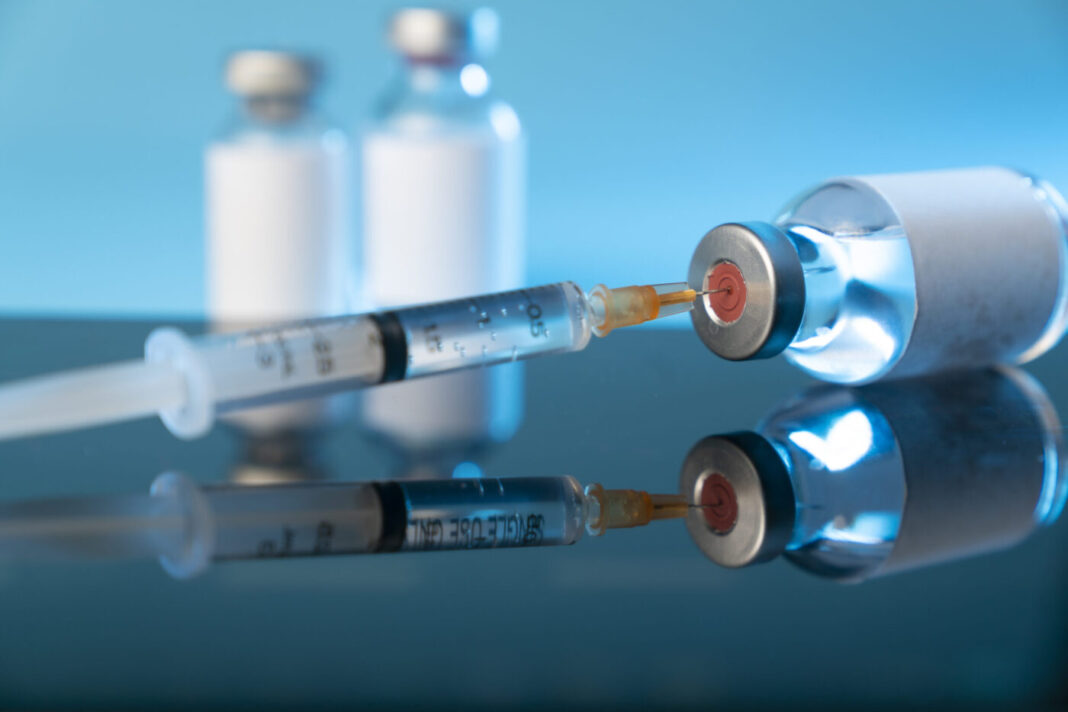Viral vector demand still exceeds capacity, according to analysts who say biopharma firms and CDMOs need new facilities and more efficient production processes.
Industry concerns about vector supplies have been growing for a few years. In 2016, for example, researchers predicted production capacity would need to increase by 1–2 orders of magnitude to cope with demand from the expanding cell and gene therapy sector.
A year later the New York Times reported gene therapy sector concerns that the lack of vector capacity could delay product development. The Alliance of Advanced Biomedical Engineering voiced a similar warning in 2018, pointing out that very few CDMOs had the specialist adherent cell-based manufacturing capabilities need to make vectors.
Efforts to combat the pandemic made the situation worse. Partly because some SARS-CoV-2 vaccines are delivered using vectors—notably Janssen Ad26.CoV2.S and AstraZeneca’s AZD1222—and partly because of the surge in demand for production space at CDMOs.
Capacity crunch
In response, the CDMO sector has sought to add capacity. However, while such efforts have helped, more needs to be done, according to GlobalData analyst Fiona Barry, who says there are still fewer than 90 viral vector contract manufacturing facilities worldwide.
“We’re seeing challenges in scale-up when it comes to contract manufacturing viral vectors, which are needed for some of the COVID-19 vaccines specifically AstraZeneca’s, Johnson & Johnson’s, and Russia’s Sputnik V vaccine and for many gene therapies and gene-modified cell therapies,” she tells GEN. “Specifically, this problem is arising because these therapies and vaccines are in relatively high demand, and there is insufficient manufacturing capacity, an inefficient manufacturing process, and the requirement for complex specialist facilities.”
And even after the COVID-19 pandemic, the biopharmaceutical industry will need to find a more sustainable vector production solution, notes Barry, who says the continuing growth of the cell and gene therapy sector is at stake.
“Given that there is a coming wave of gene therapies and gene-modified cell therapies that are in late-stage clinical development and will soon require scale-up to commercial volumes, the capacity crunch for viral vectors will be exacerbated, on top of the enormous number of doses to be manufactured of certain COVID-19 vaccines,” she points out.
Manufacturing solutions
Additional vector production capacity is key.
“There are a few ways that the pharma industry and CMOs are working to fix this problem,” says Barry. “The first is by building and expanding facilities, including modular pre-fab facilities.”
Industry will also need to invest in the development of less complex, more efficient vector production processes and associated technologies, she continues.
“In downstream processing, when the virus is purified, improvements can be made to recovery with better technologies, for instance through better chromatography. Experts have told me that downstream improvements could increase production by five times,” continues Barry.
“And in upstream processing, even greater strides are possible—up to 10 to 100 times greater volumes, through better cultures and cell lines. Some experts are anticipating a switch from adherent to suspension-based manufacturing platforms as a way to increase scalability and reduce timelines for viral vector production.”


